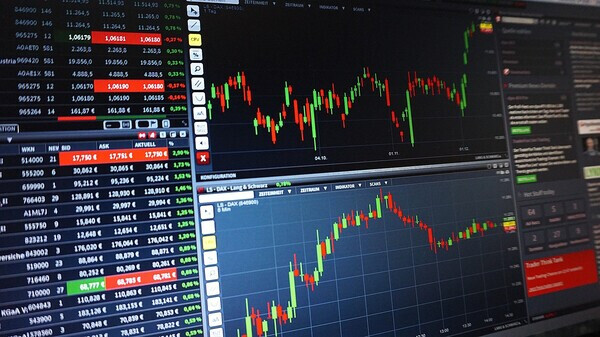
A recent analysis by the Korea Institute for International Economic Policy (KIEP) reveals that a 1% rise in global prices leads to an approximate 0.5% increase in domestic goods prices in South Korea over the long term. The study highlights a strengthened correlation between overseas and domestic inflation, particularly since the COVID-19 pandemic.
Increased Global Price Volatility Post-COVID-19
KIEP's analysis, spanning from the first quarter of 2000 to the fourth quarter of 2023, indicates that a 1% increase in overseas producer price indices results in a 0.23% rise in domestic consumer price indices in the short term, and a 0.32% increase in the long term. For goods price indices, these figures are even higher, with a 0.42% short-term increase and a 0.52% long-term increase.
Prior to the pandemic, up to the fourth quarter of 2020, a 1% rise in overseas producer price indices led to only a 0.25% increase in domestic consumer price indices. However, the pandemic, coupled with geopolitical risks such as the Russia-Ukraine conflict, has amplified international oil and raw material price volatility, strengthening the link between overseas and domestic inflation.
Concerns Over Trump-Era Tariff Wars Inflating Domestic Prices
KIEP warns that a potential trade war under a second Trump administration could further escalate domestic inflation. If the U.S. imposes blanket import tariffs on major countries like China, protectionist measures could exert inflationary pressure on both the U.S. and South Korea through global supply chains.
Indeed, the OECD's recent 'Interim Economic Outlook' report lowered growth forecasts for major countries while raising consumer price projections, reflecting concerns over soaring import prices due to competitive tariff imposition.
Need for Import Diversification and Strategic Responses
KIEP suggests implementing policies to prevent price increases in sectors heavily influenced by overseas producer prices, such as petrochemicals, from spreading to other sectors. The institute also emphasizes the need for long-term strategies, including developing alternatives to reduce raw material import reliance, expanding domestic production bases, and diversifying import sources.
[Copyright (c) Global Economic Times. All Rights Reserved.]






























